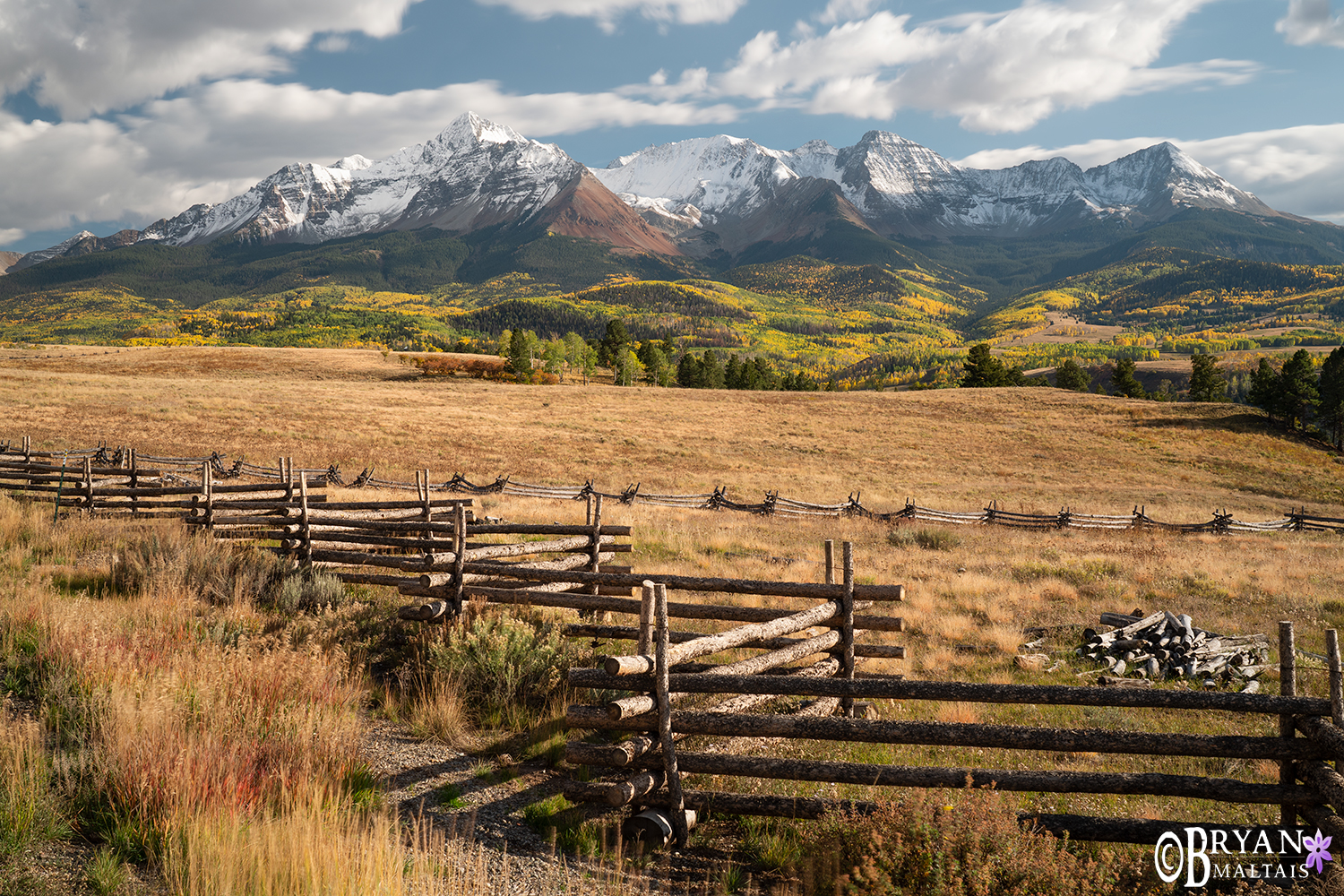
It’s easy to focus on the big elements of a landscape, whether a majestic mountain range or dramatic seascape, but it’s important not to overlook foreground elements that can add further interest. The foreground element serves as an anchor, drawing the viewer’s eye into the photo and creating a sense of depth and dimension.
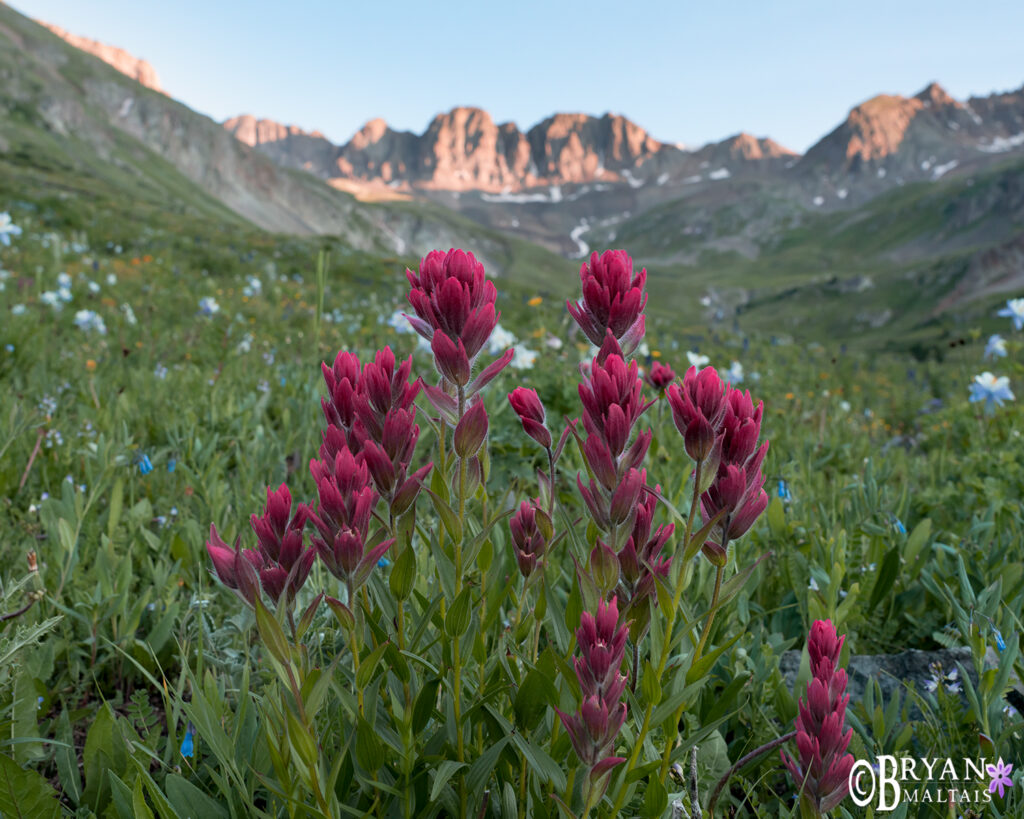 Including a foreground element is one of my favorite techniques that I use often because it’s so much fun. It provides a two-for-one effect where it offers the viewer 2 intriguing subjects in one shot. It’s also enjoyable for the photographer because it draws from multiple skill sets such as macro and landscape photography.
Including a foreground element is one of my favorite techniques that I use often because it’s so much fun. It provides a two-for-one effect where it offers the viewer 2 intriguing subjects in one shot. It’s also enjoyable for the photographer because it draws from multiple skill sets such as macro and landscape photography.
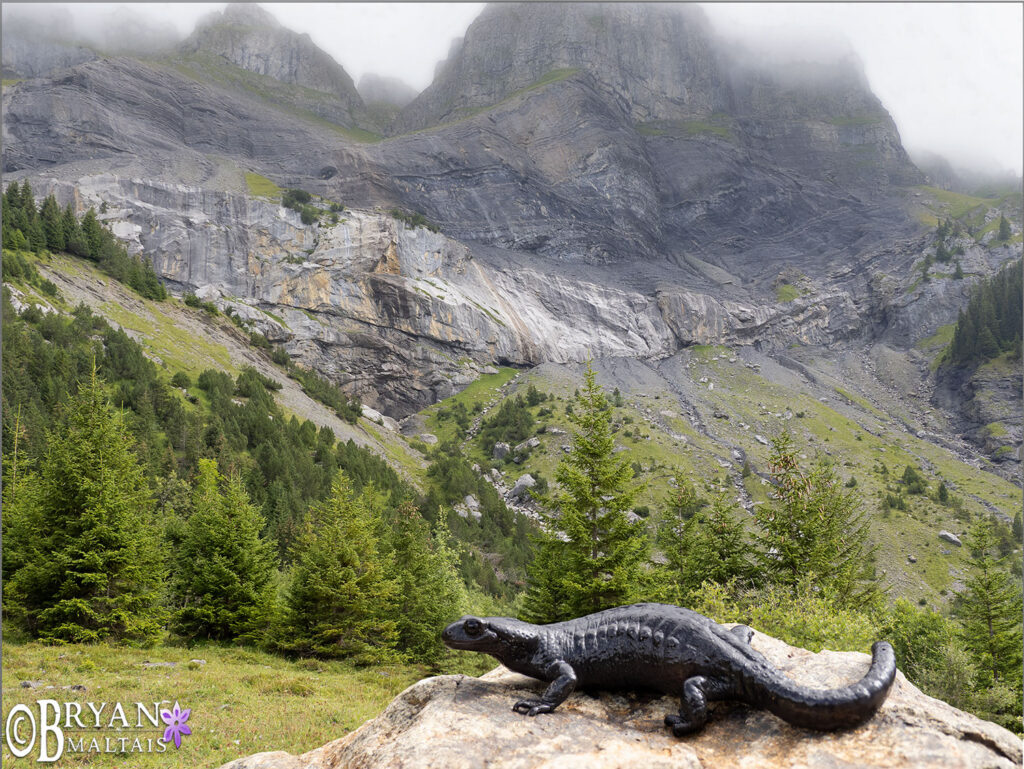 A foreground element can be any feature placed in front of the frame including a tree branch, rock formation, flower, animal or person. Here are some of the benefits of including a foreground element in your landscape photography:
A foreground element can be any feature placed in front of the frame including a tree branch, rock formation, flower, animal or person. Here are some of the benefits of including a foreground element in your landscape photography:
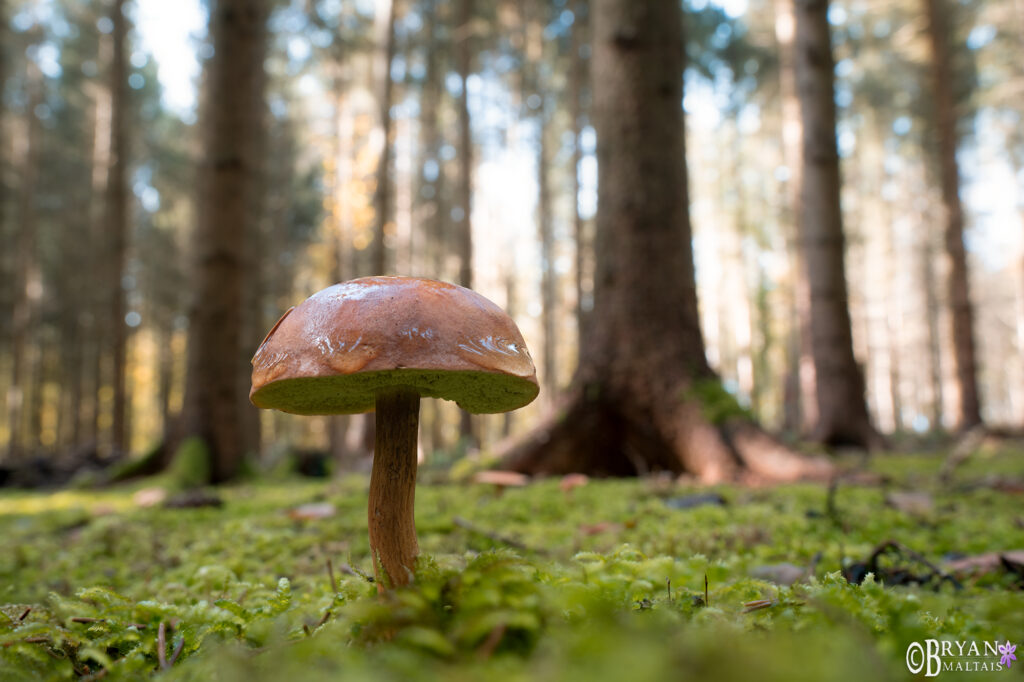 Tells a story: Not all photos must “tell a story”; sometimes they’re just pretty pictures of beautiful places. But for compositions that have a narrative, including a foreground element is one of the most effective ways to tell it. Combining a foreground element with an interesting background can convey a wealth of information in nature photography. For instance, a photo of an animal within its habitat can reveal a novella of details about its natural history.
Tells a story: Not all photos must “tell a story”; sometimes they’re just pretty pictures of beautiful places. But for compositions that have a narrative, including a foreground element is one of the most effective ways to tell it. Combining a foreground element with an interesting background can convey a wealth of information in nature photography. For instance, a photo of an animal within its habitat can reveal a novella of details about its natural history.
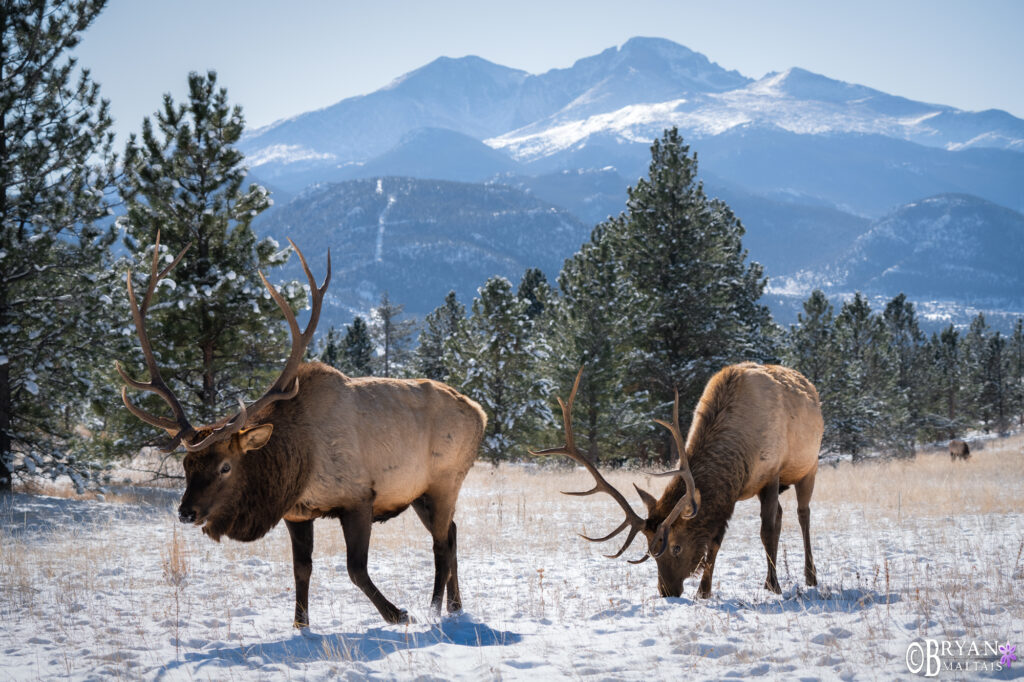 Creates Scale: Foreground objects can provide a sense of scale in photos where the size of elements may not be obvious to the viewer. For instance, in the absence of a reference point, it’s difficult to tell the actual size of rock formations. By including an object of a known size, like a human, the size of the rocks become evident.
Creates Scale: Foreground objects can provide a sense of scale in photos where the size of elements may not be obvious to the viewer. For instance, in the absence of a reference point, it’s difficult to tell the actual size of rock formations. By including an object of a known size, like a human, the size of the rocks become evident.
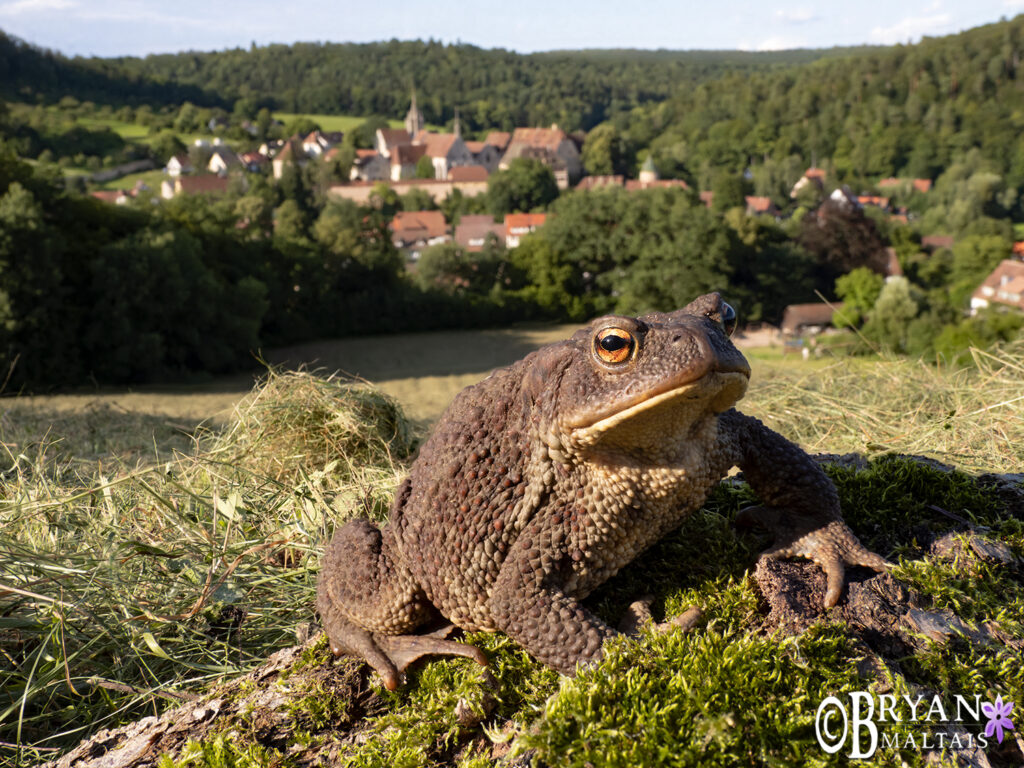 Adds Interest and Emotion: A foreground element can add intrigue and emotion by providing an additional focal point for the viewer to explore. In nature photography it’s easy to inspire awe from natural beauty, but it’s harder to evoke other emotions compared to other genres. However, a foreground element can show paradox and contradiction, making it an excellent tool for delivering emotion. For example, I love injecting humor by making small, innocent creatures look gigantic compared to the background.
Adds Interest and Emotion: A foreground element can add intrigue and emotion by providing an additional focal point for the viewer to explore. In nature photography it’s easy to inspire awe from natural beauty, but it’s harder to evoke other emotions compared to other genres. However, a foreground element can show paradox and contradiction, making it an excellent tool for delivering emotion. For example, I love injecting humor by making small, innocent creatures look gigantic compared to the background.
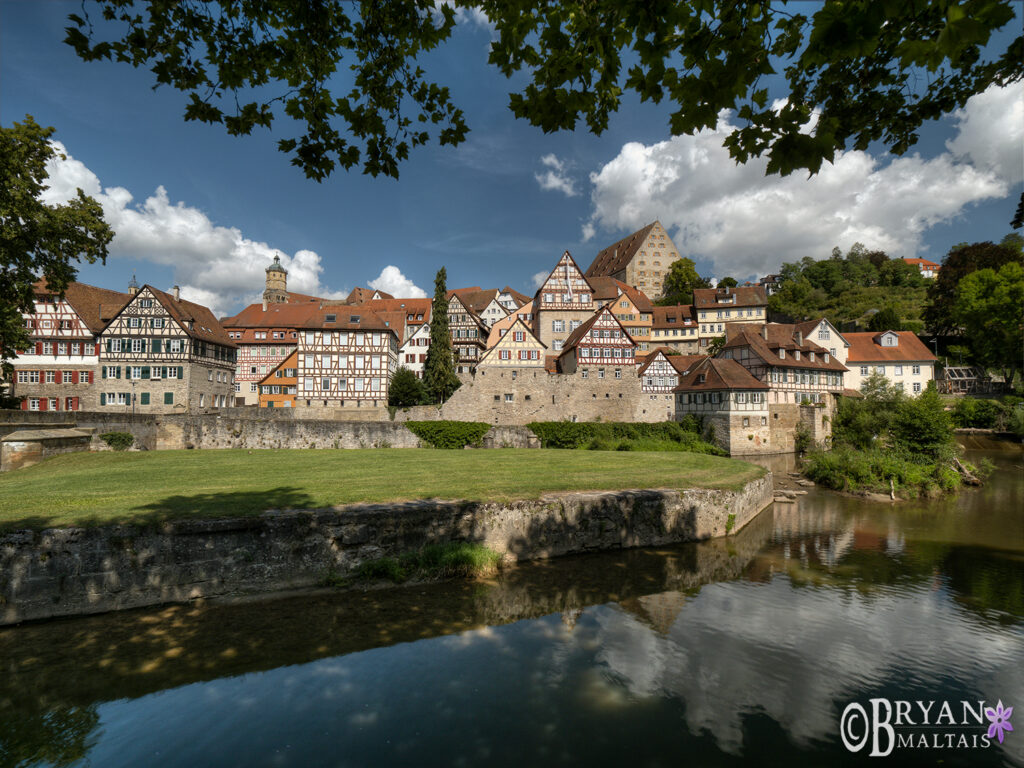 Frames the photo: Framing the shot with natural objects can emphasize the subject and fill otherwise boring space. For instance, well-shaped tree branches around the top of the photo can create a frame while filling an empty sky. Shooting through a window or using an attractive old stone wall can be also effective ways of framing the subject.
Frames the photo: Framing the shot with natural objects can emphasize the subject and fill otherwise boring space. For instance, well-shaped tree branches around the top of the photo can create a frame while filling an empty sky. Shooting through a window or using an attractive old stone wall can be also effective ways of framing the subject.
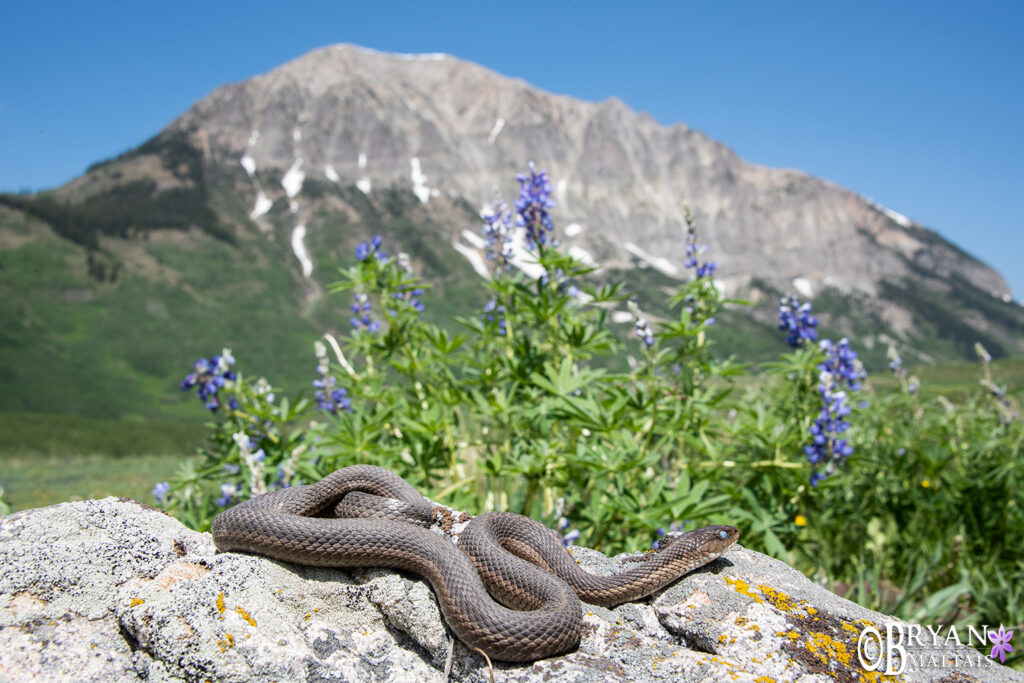 In conclusion, including a foreground element can significantly enhance your compositions. Not only does it provide a sense of depth and dimension, but it also offers a two-for-one effect by providing two intriguing subjects in one shot. A foreground element can tell a story, create scale, add interest and emotion, and frame the photo. So next time you’re out photographing nature, be sure to consider the foreground and its potential to take your photos to the next level.
In conclusion, including a foreground element can significantly enhance your compositions. Not only does it provide a sense of depth and dimension, but it also offers a two-for-one effect by providing two intriguing subjects in one shot. A foreground element can tell a story, create scale, add interest and emotion, and frame the photo. So next time you’re out photographing nature, be sure to consider the foreground and its potential to take your photos to the next level.
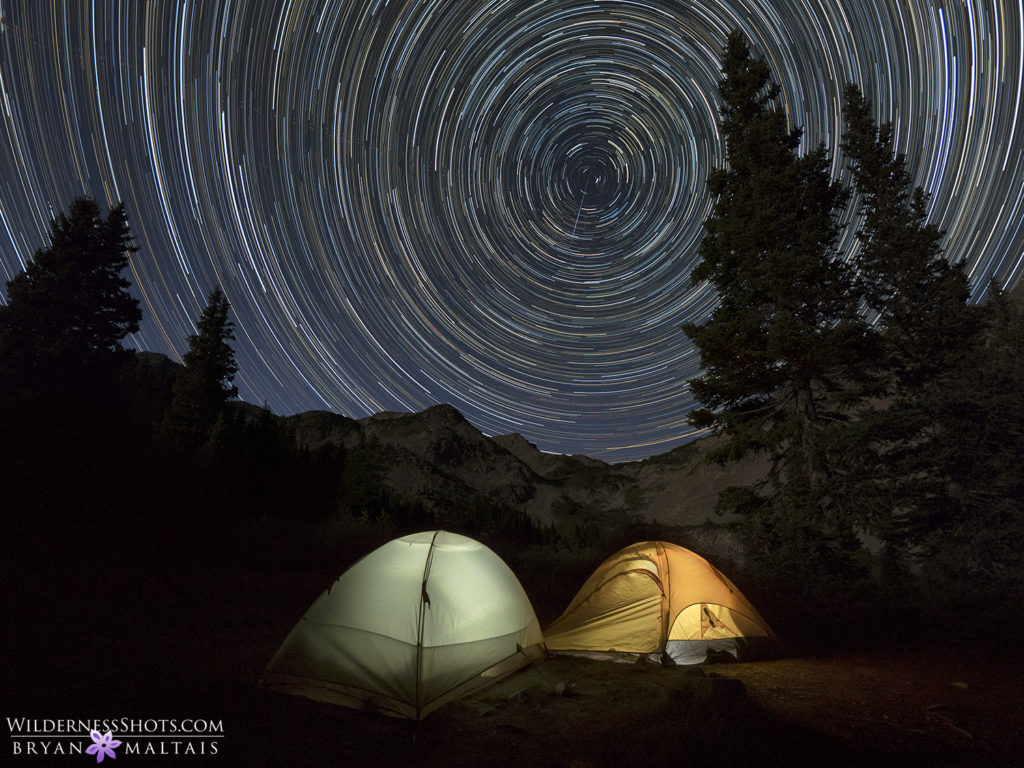
Bryan Maltais is an award-winning professional photographer, film-maker and founder of Wilderness Shots Photography Workshops. He runs Wilderness Shots Nature Photography Workshops, bringing photography enthusiasts to the most beautiful locations in the American West with expert instruction. He’s been speaking, instructing and publishing for the past 20 years.
